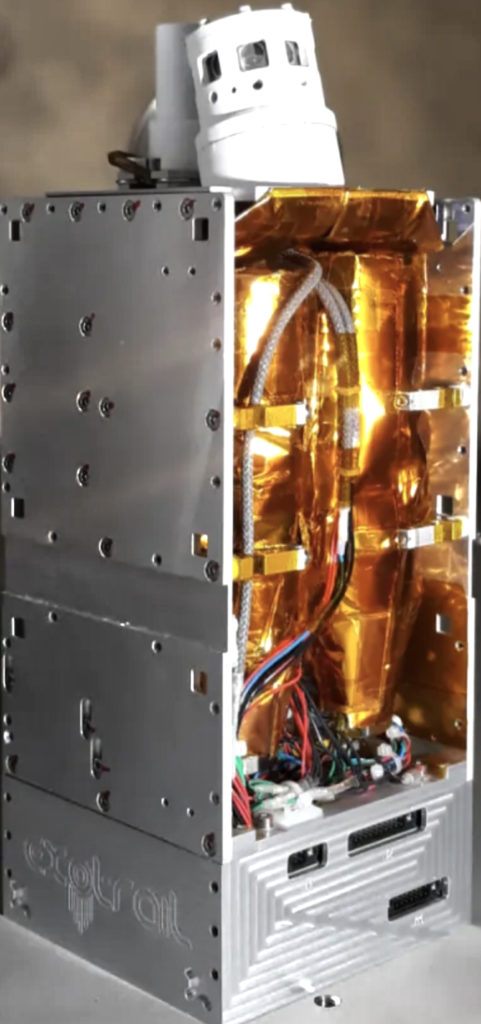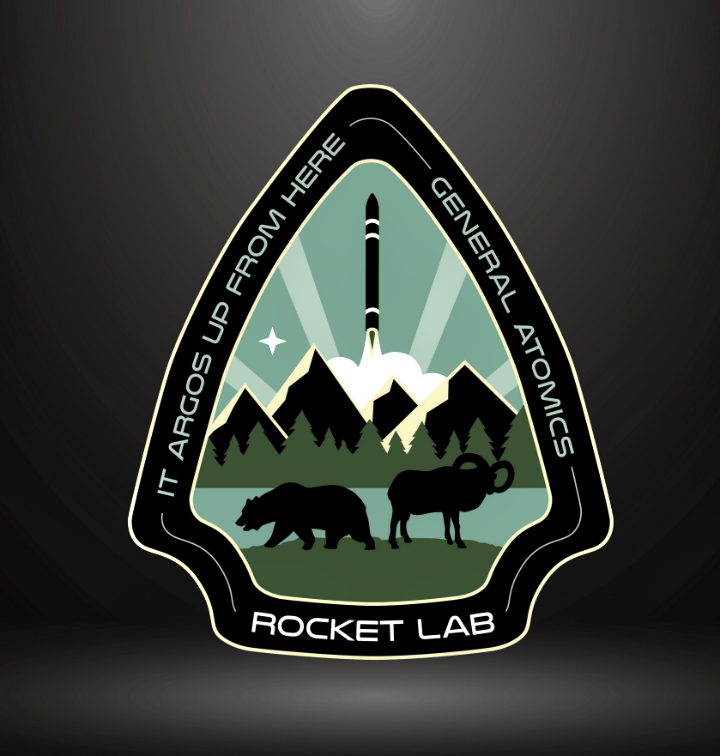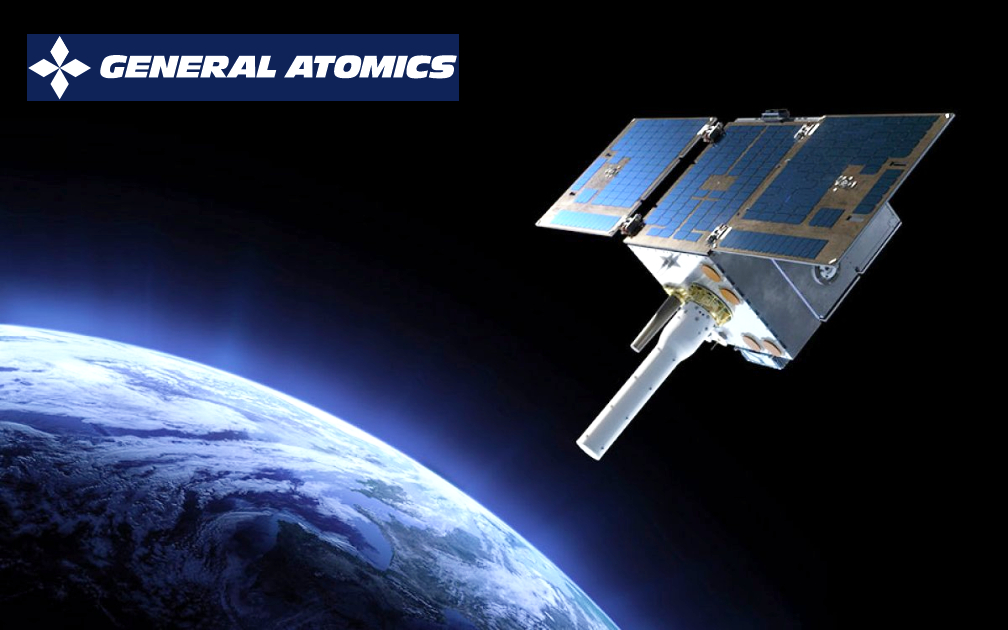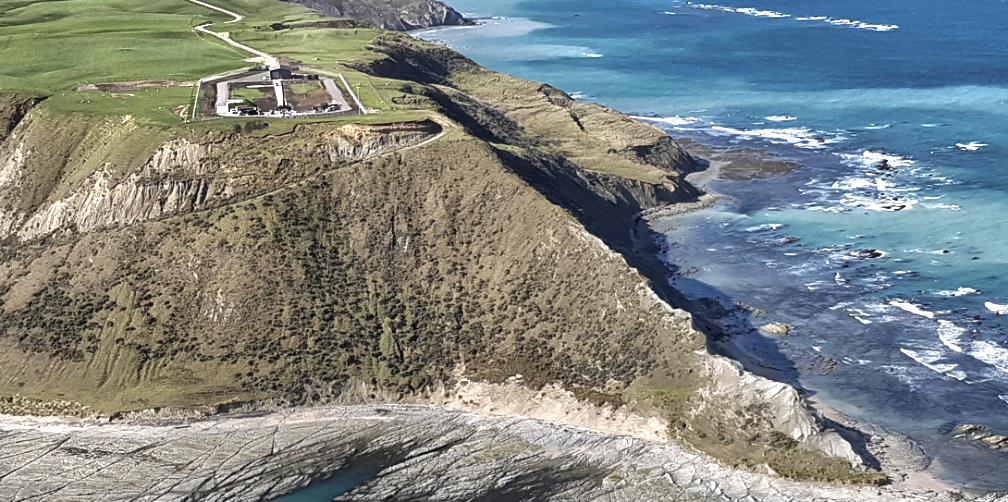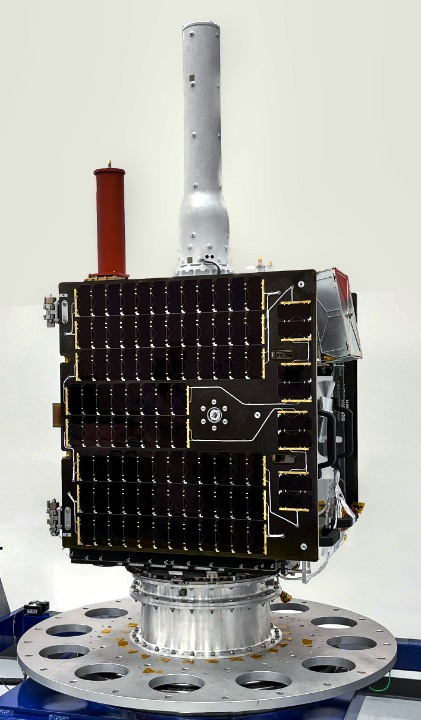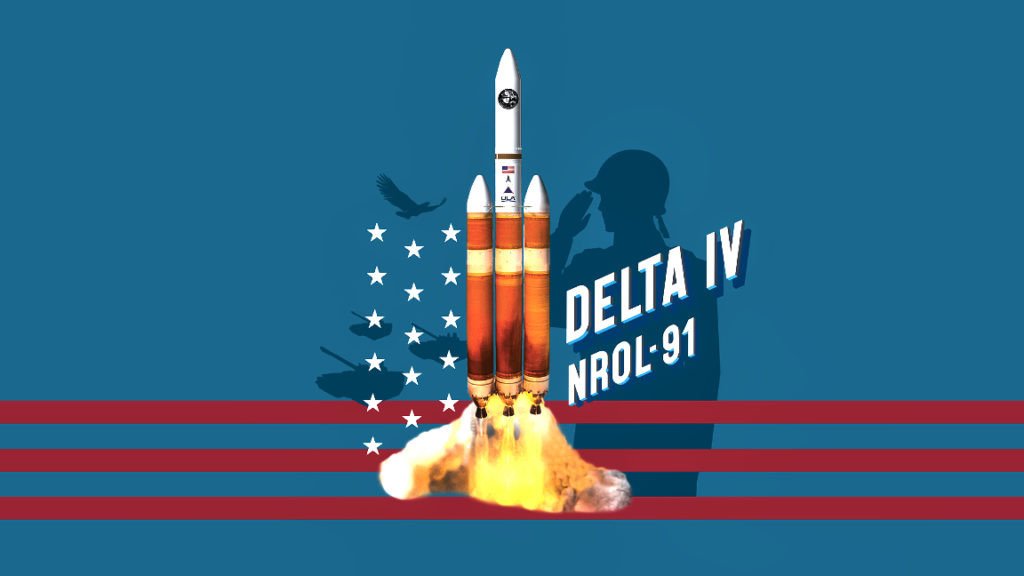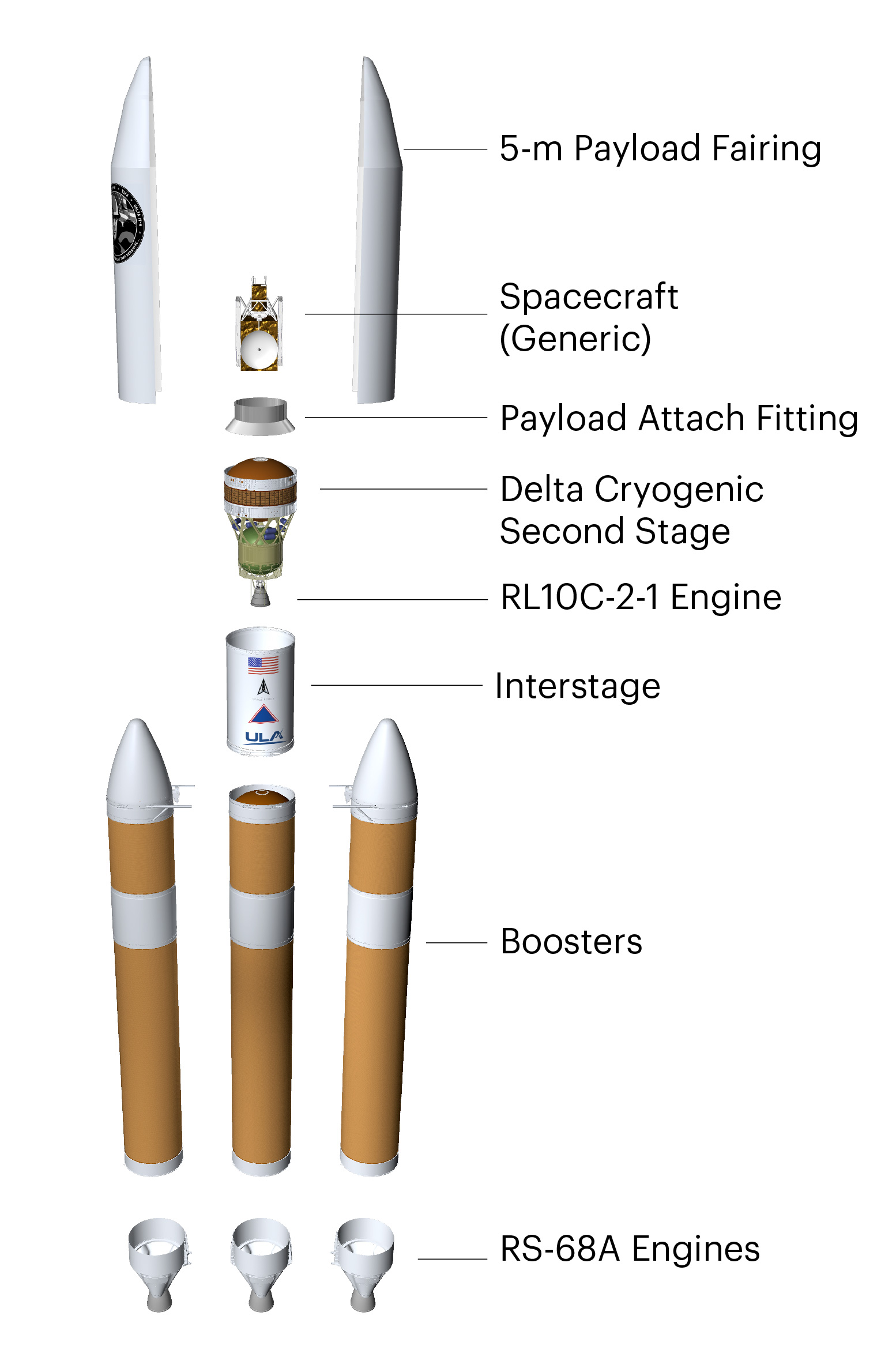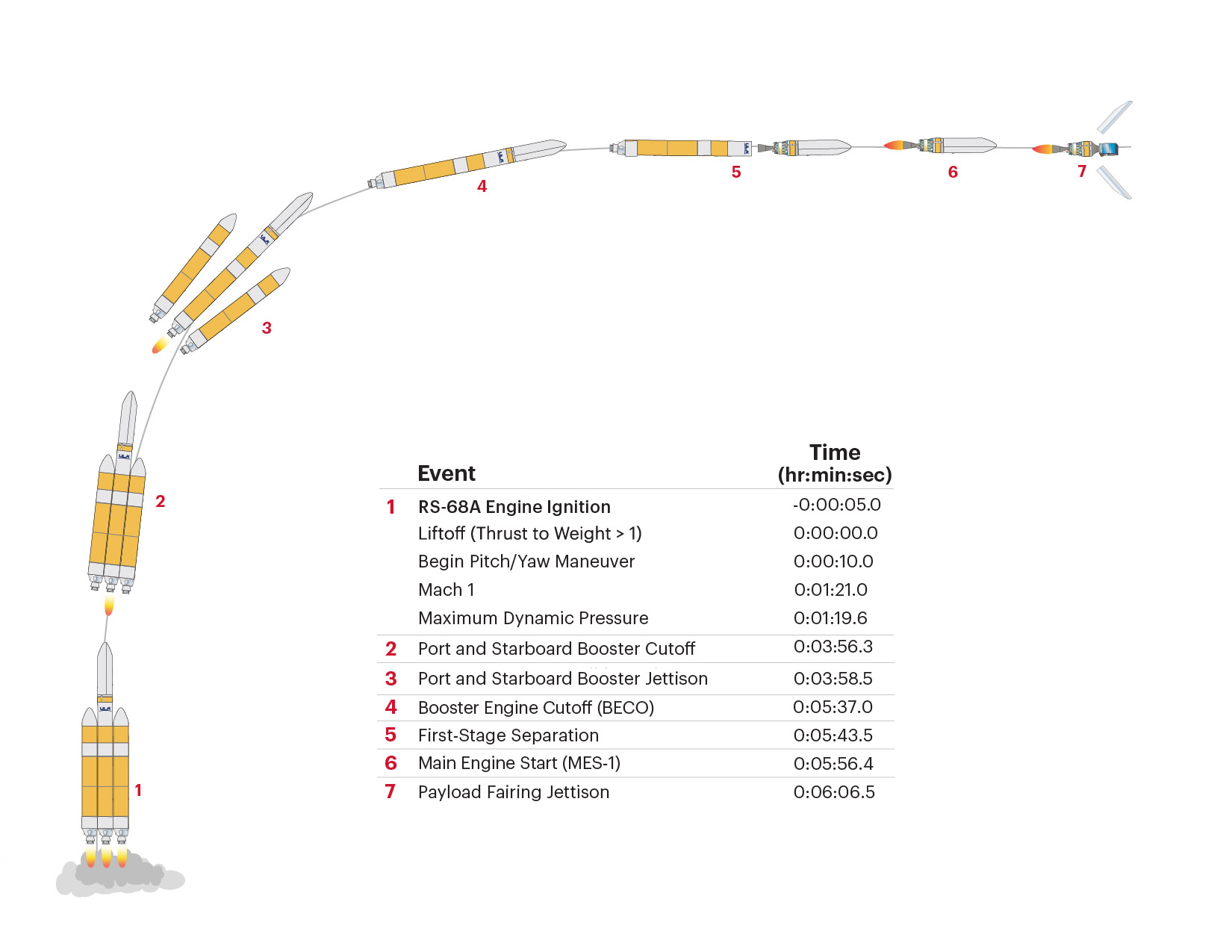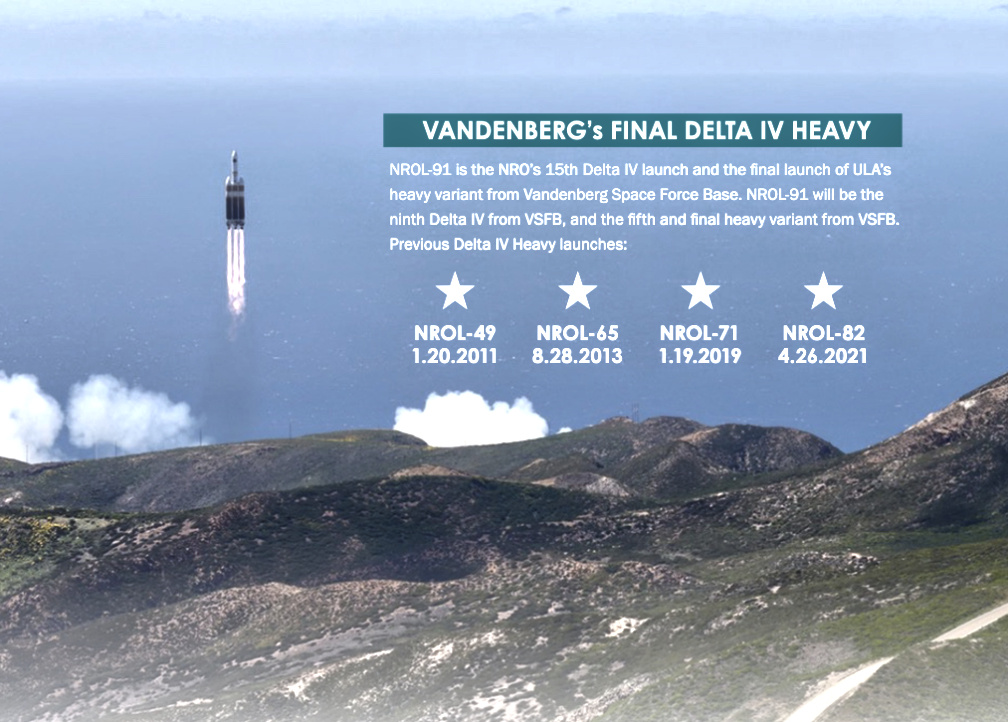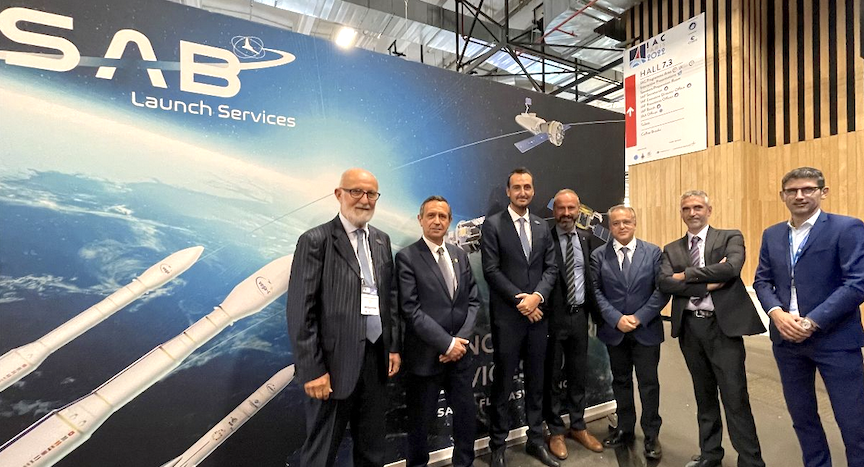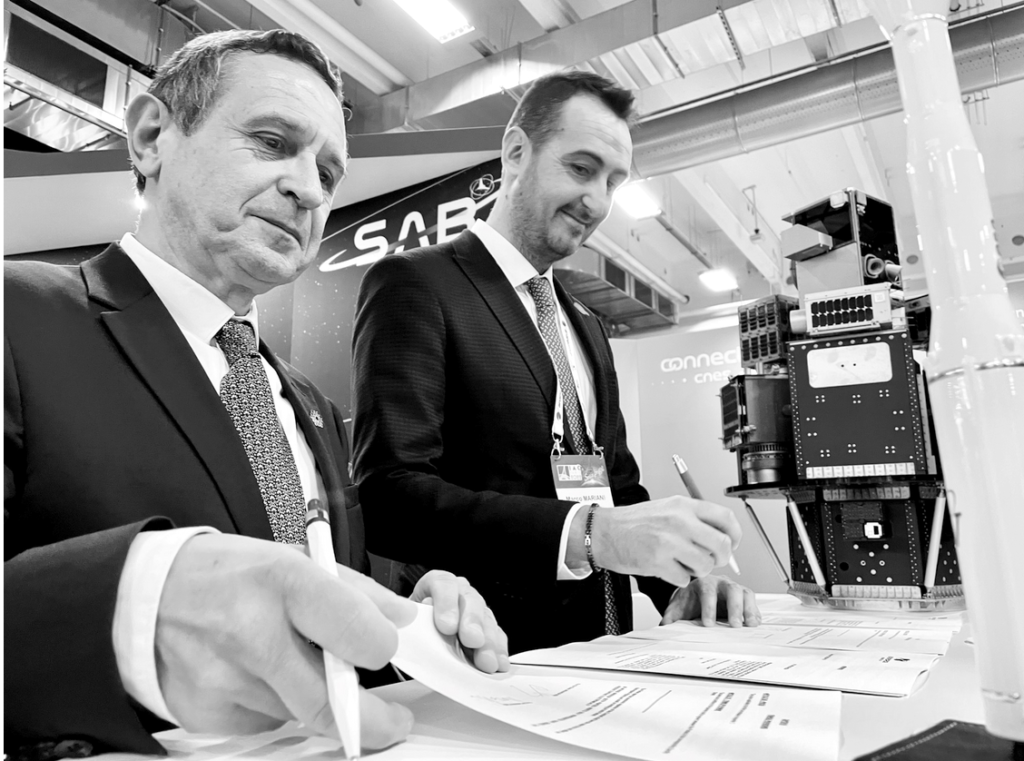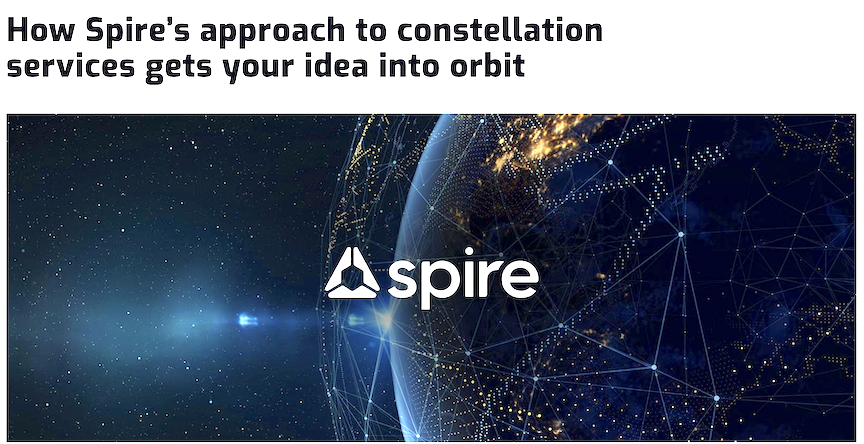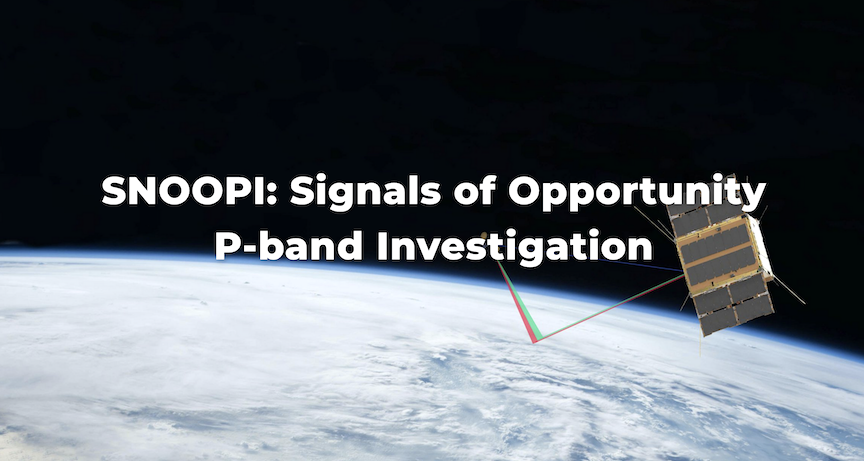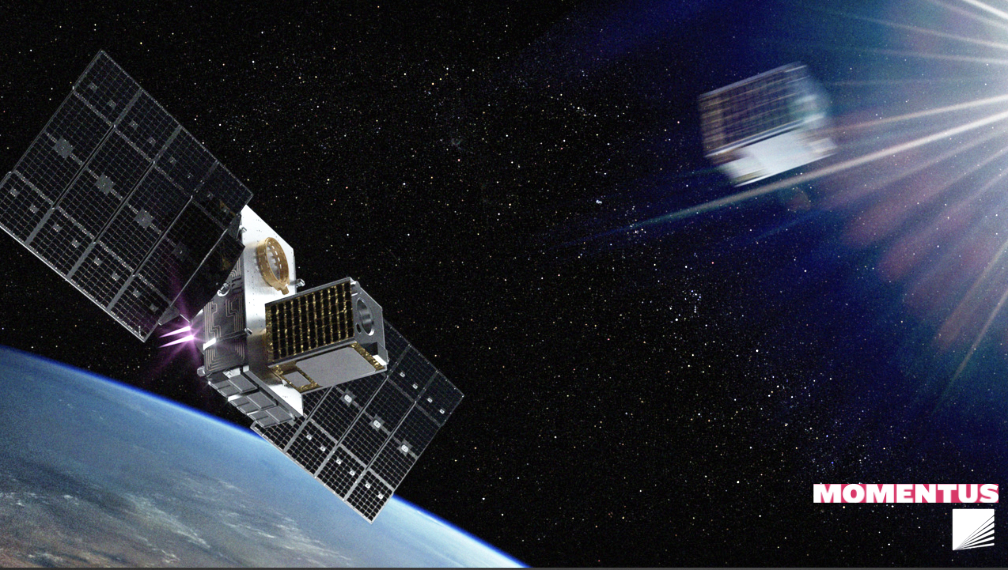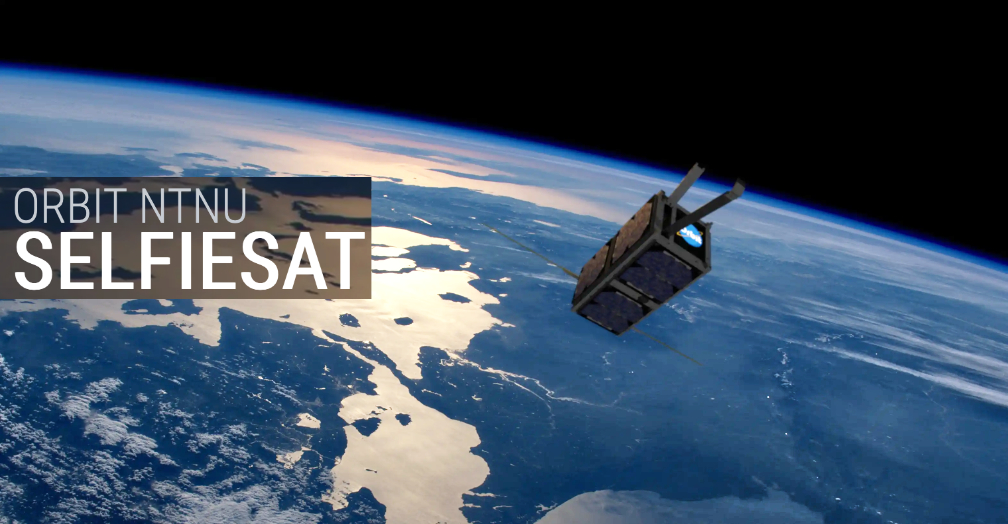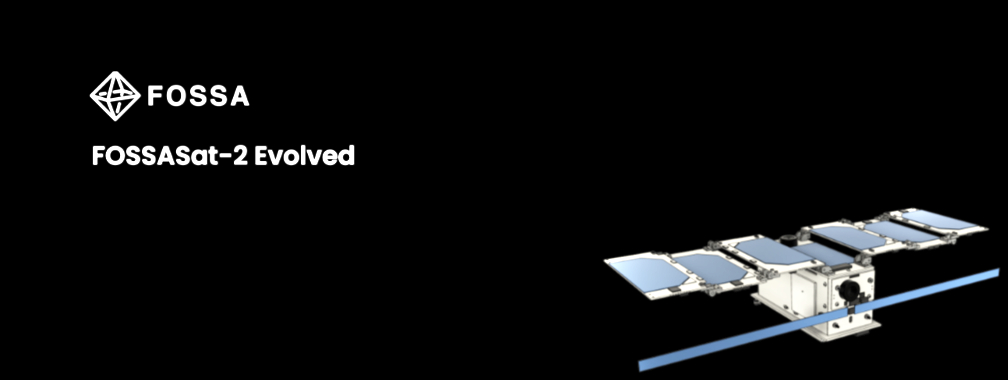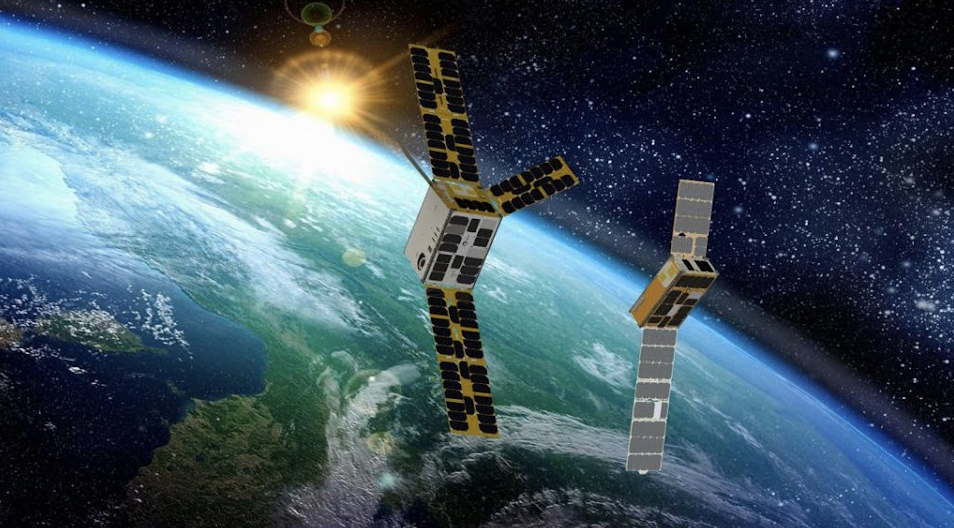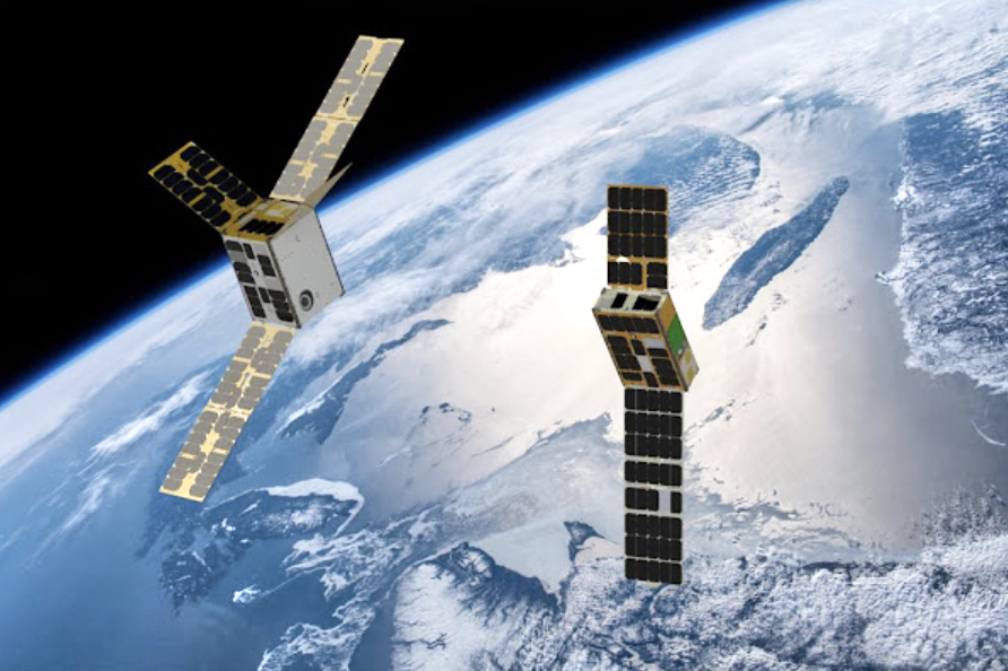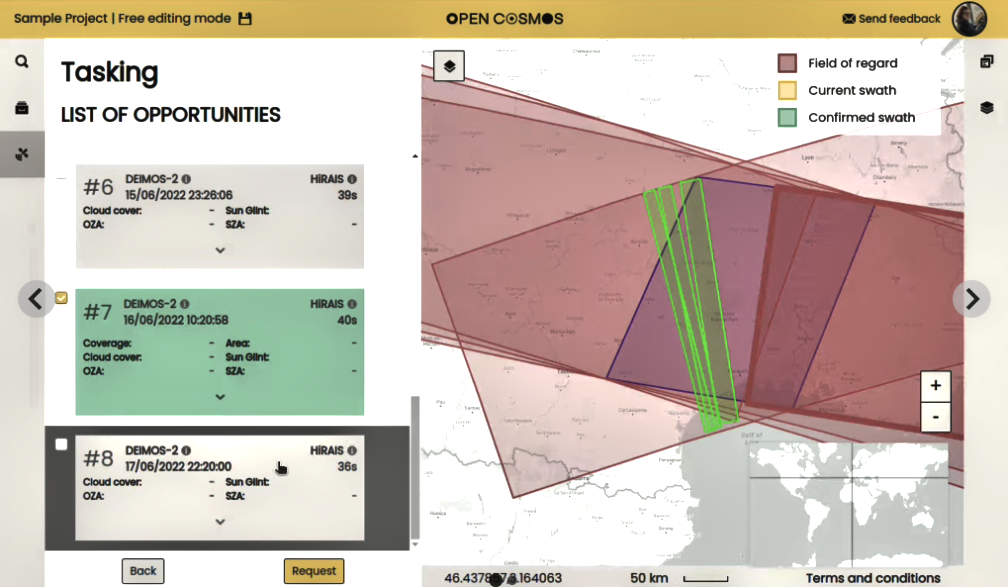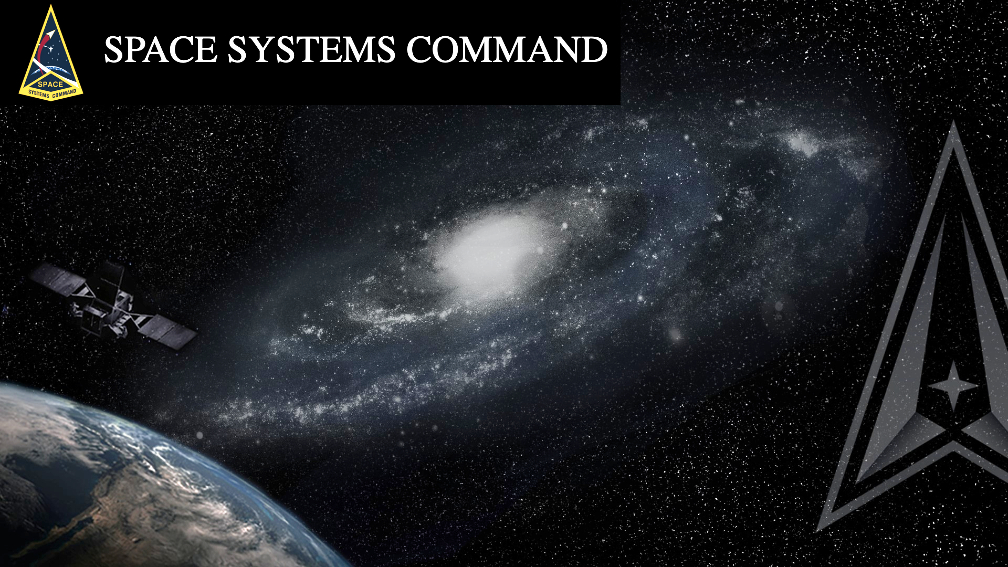
The U.S. Space Force’s Space Systems Command, the National Reconnaissance Office and United Launch Alliance are preparing to launch a Delta IV Heavy rocket this coming weekend from Space Launch Complex (SLC)-6 at Vandenberg Space Force Base (VSFB) in northern Santa Barbara County, California.

Scheduled to lift off on September 24 at 2:53 p.m., PDT, this will be the final Delta IV Heavy to launch from the West Coast. The Atlas/Delta team in El Segundo, California, will be performing two launches within weeks of each other with less than half the staff used in the past and a more consolidated engineering approach to both Atlas and Delta missions, across both coasts.
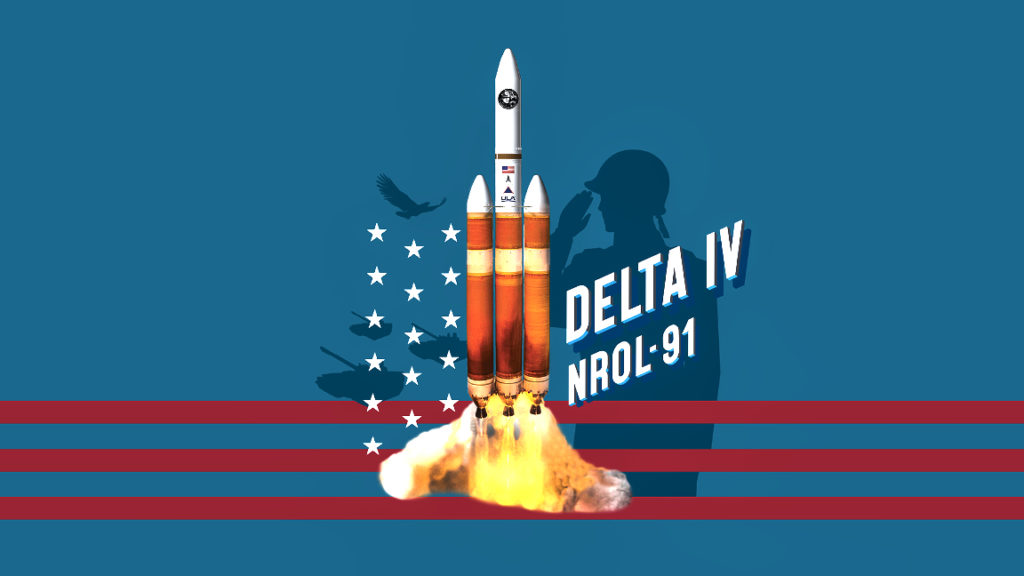
“We’re on track to launch another national capability into space. This will be our sixth national security launch this year. We’ve worked alongside ULA to prepare this Delta IV Heavy, and in just a few days, we will see the fruits of our labor.” said Brig. Gen. Stephen Purdy, Program Executive Officer for Assured Access to Space. “These launches place critical capabilities into orbit for our nation and our allies in a time of increasing risks and threats. Every member of our launch team understands what’s at stake and works with both care and efficiency to prepare for what’s going to be a tremendous launch.”
“This team will accomplish an unprecedented feat, and I am very proud of their focused dedication to missions of both the Atlas and Delta launch vehicles,” said Lt. Col. Scott Carstetter, Delta IV Materiel Leader. “In the past, there were two separate teams of fully staffed personnel when close launches occurred.”
SSC is the U.S. Space Force field command responsible for rapidly developing, acquiring, equipping, fielding, and sustaining lethal and resilient space capabilities. SSC mission capability areas include launch acquisition and operations, communications and positioning, navigation and timing (PNT), space sensing, battle management command, control and communications (BMC3), and space domain awareness & combat power. SSC is headquartered at Los Angeles Air Force Base in El Segundo, Calif.

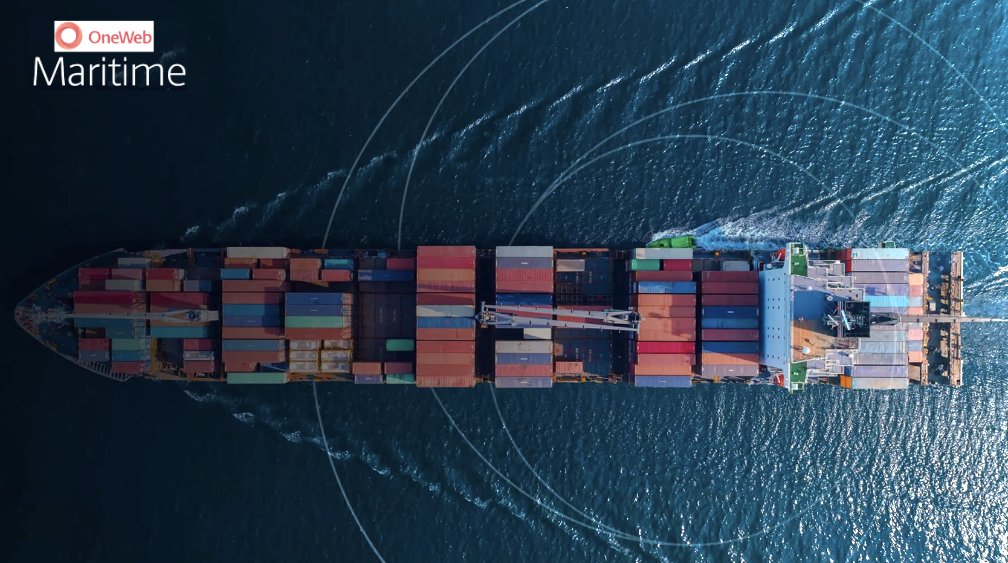
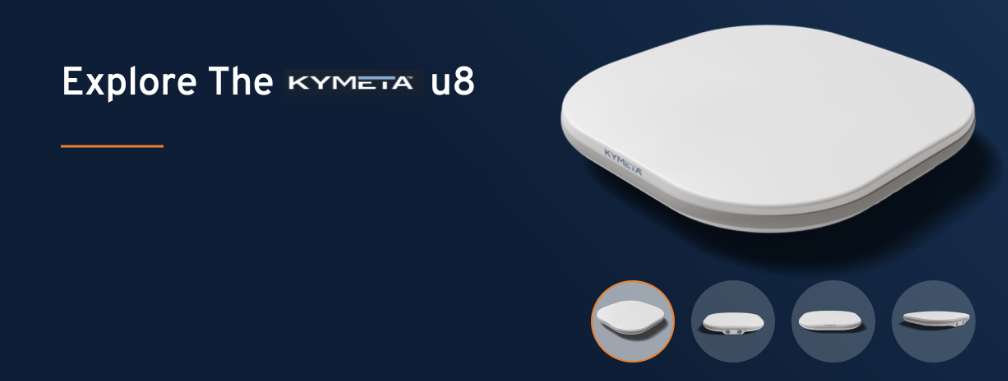

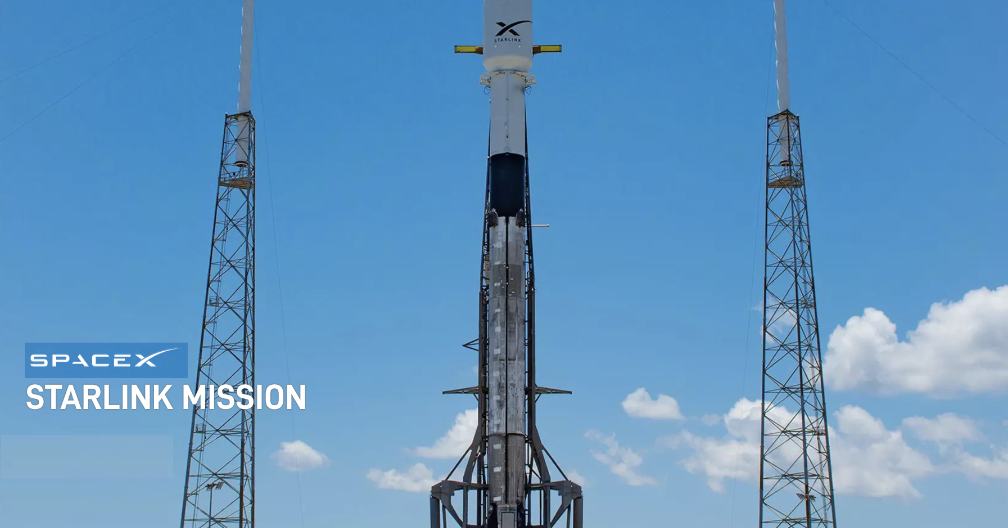
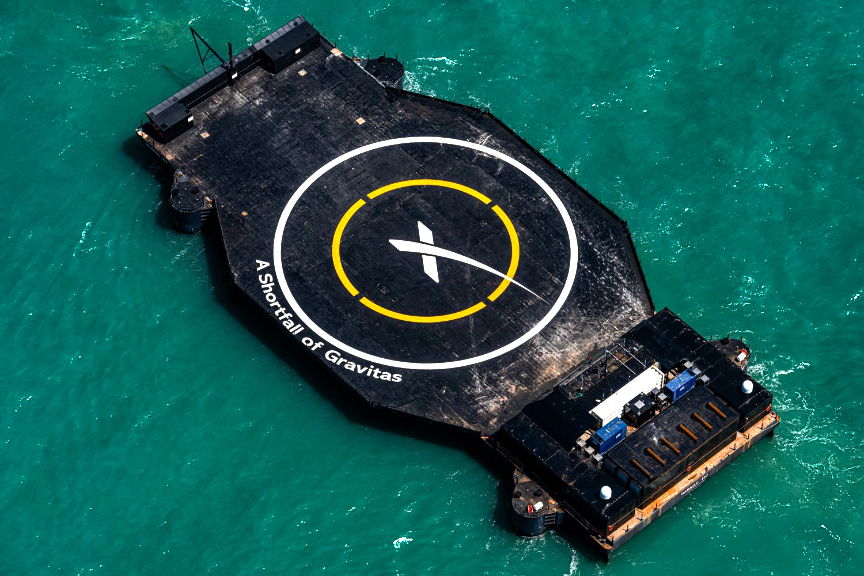

 – mini thruster (formerly known as ExoMG
– mini thruster (formerly known as ExoMG